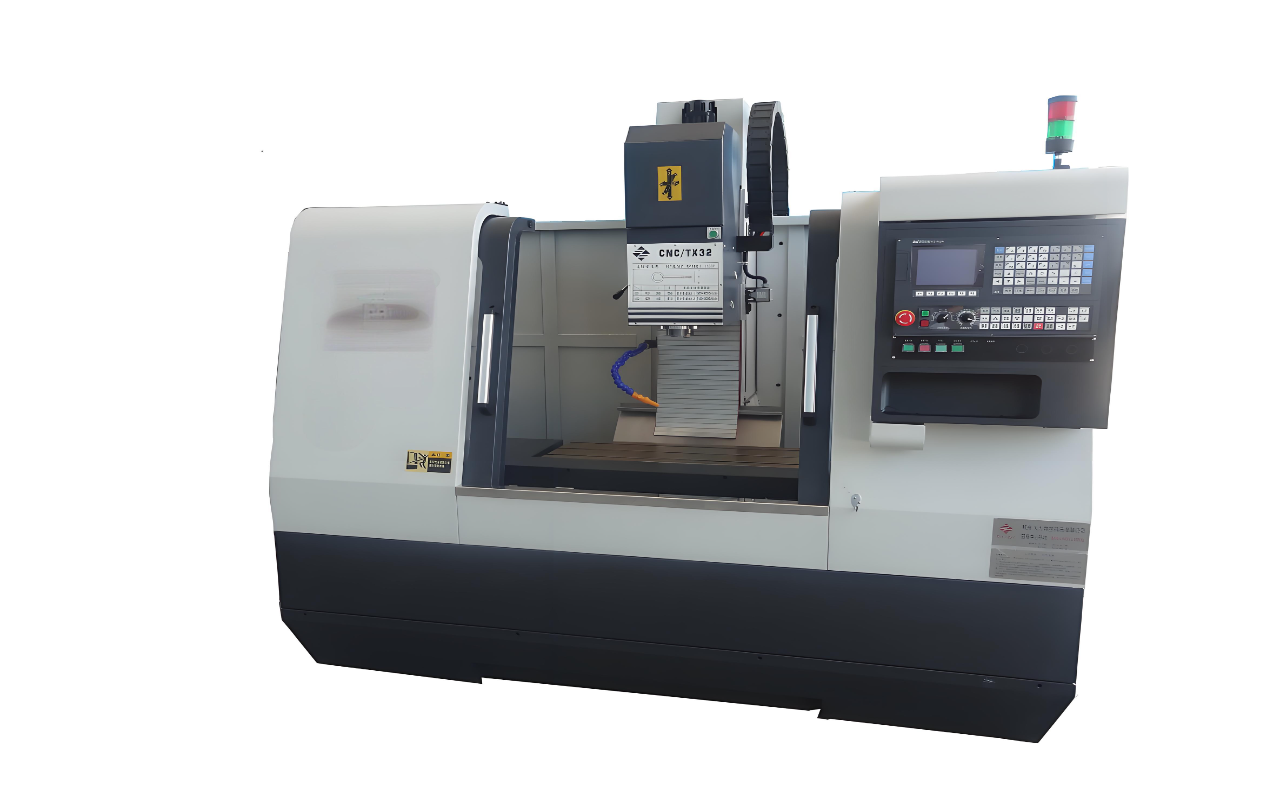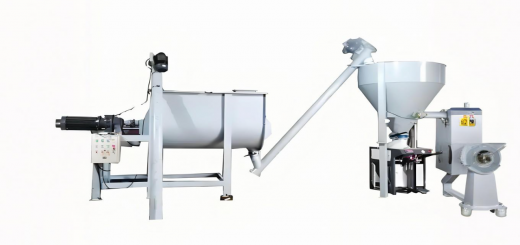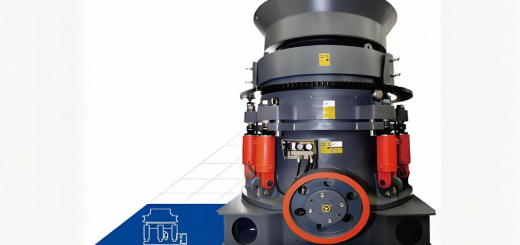CNC Milling Machine: Precision Machining for Complex Wood and Composite Components

What is a CNC Milling Machine?
A CNC milling machine is a computer-controlled cutting system that uses rotating multi-point tools to carve, drill, and shape wood, plastics, and composites into intricate 3D designs with micron-level accuracy.
Types of CNC Milling Machines
- 3-Axis Mills
- Cuts along X/Y/Z axes for basic 3D reliefs (e.g., door panels).
- 4/5-Axis Mills
- Tilting spindles for undercuts (e.g., sculptures, musical instruments).
- Gantry Mills
- Large-format for furniture parts (up to 5m x 3m beds).
- Compact Benchtop Mills
- For small workshops prototyping intricate designs.
Key Functions & Advantages
✔ Complex Geometry: Achieves ±0.05mm tolerances on 3D contours.
✔ Material Versatility: Handles hardwoods, MDF, acrylics, and aluminum-composite panels.
✔ Automation: Runs unattended for 24/7 production.
✔ Waste Reduction: Nesting software optimizes material usage.
Applications
- Furniture: Ornate chair legs, custom moldings.
- Signage: 3D lettering and logos.
- Aerospace: Lightweight wooden prototypes.
Operation Process
- CAD Design: Create 3D model (e.g., Fusion 360).
- CAM Programming: Generate toolpaths for roughing/finishing.
- Setup: Secure material with vacuum clamps.
- Milling: Spindle (6,000–24,000 RPM) follows programmed paths.
- Post-Processing: Sand/paint machined parts.
Innovations
- Tool Changers: Auto-swap 12+ bits for multi-operation jobs.
- Dust Extraction: Built-in HEPA systems for clean air.






